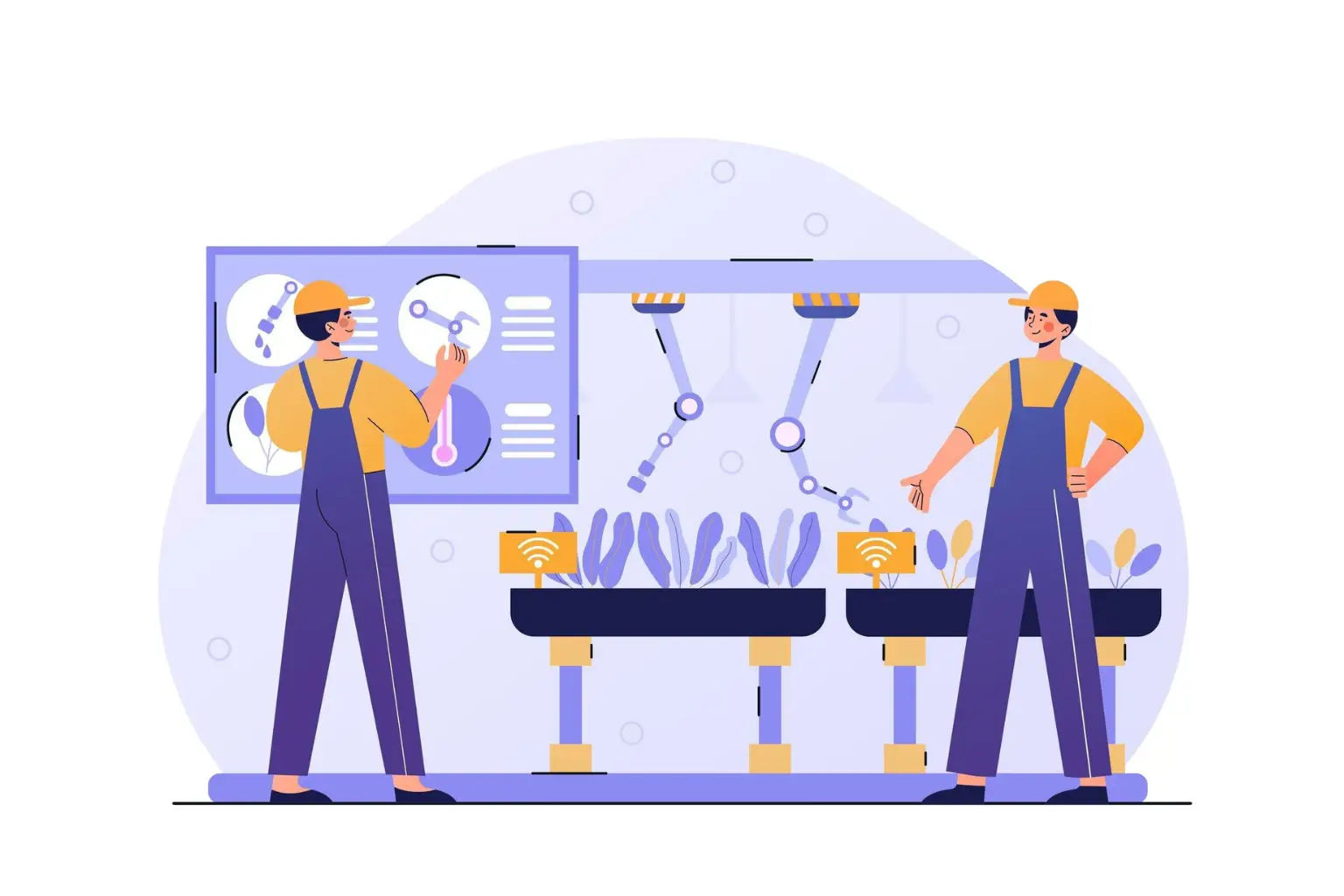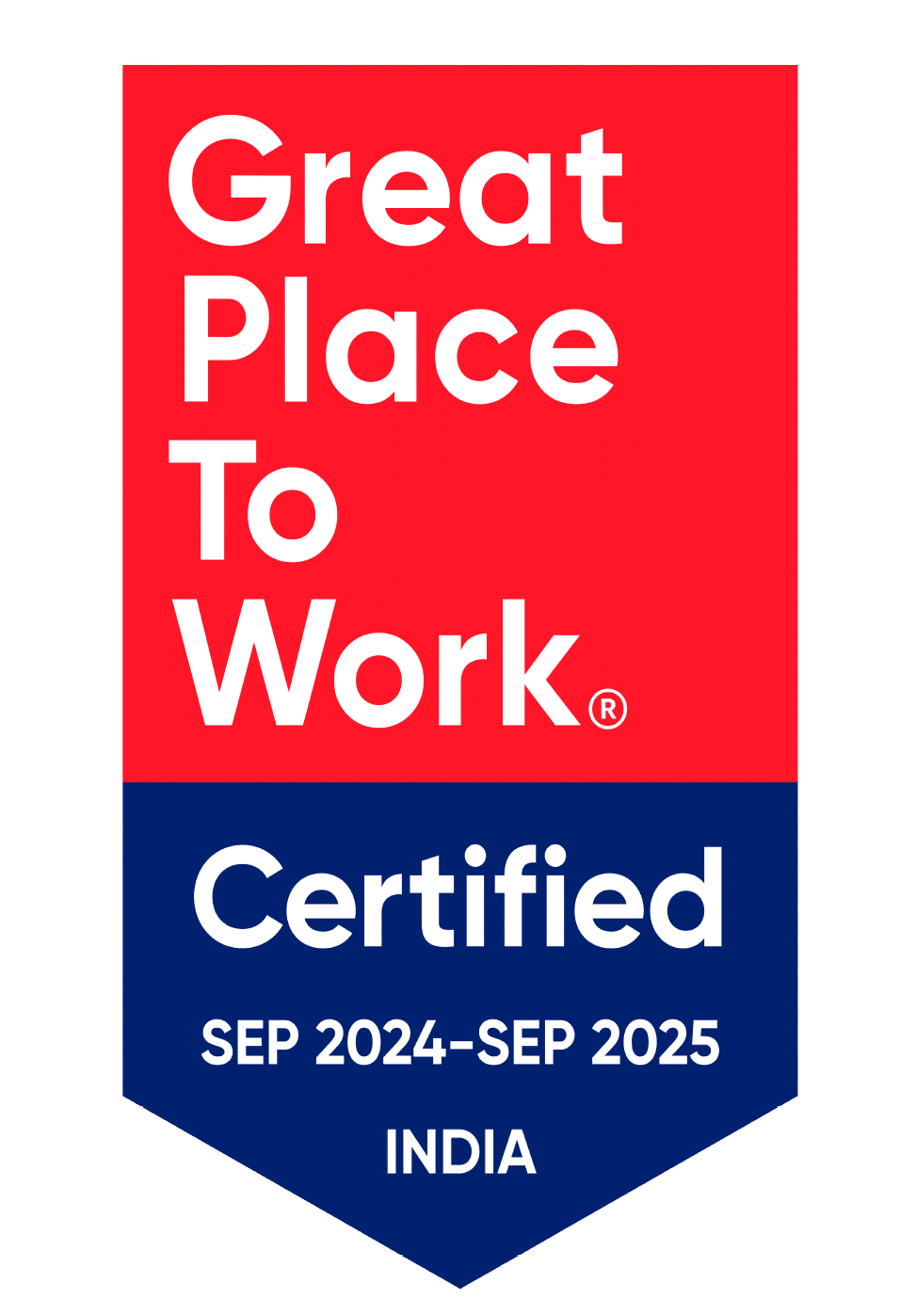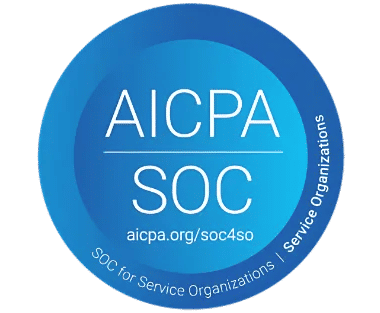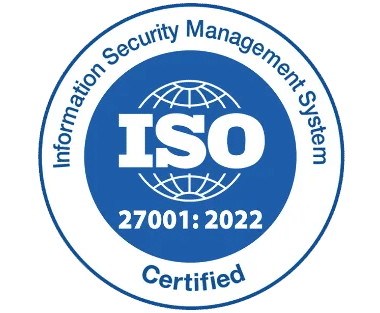Recruitment Strategies for Manufacturing Strong Factories
Strong factories run on strong people. The right hires keep things moving, boost safety, improve results. Manufacturers that use smart recruitment strategies for manufacturing hire faster, spend less, build teams that stick. In this guide, we will show why hiring matters, what steps to take, how it helps emotionally and financially, plus how to start today.

Why Hiring Right Changes Everything:
- Skilled hands keep things moving: Fewer mistakes, less downtime, more done in less time.
- Better safety: Skilled hires follow protocols, avoiding accidents.
- Loyal teams: High turnover can cost up to 30% of a new hire’s pay, says SHRM — that is a big hit for entry-level roles
- Strong teams: Shape a factory name — trusted workers create stable, respected operations that attract more talent.
When factories hire smart, staff feel secure. Managers feel pride. Production runs smoothly.
Top Recruitment Strategies for Manufacturing:
Build a Strong Employer Brand
- A trusted brand brings in better workers.
- Share real team photos, success stories, safety wins
- Highlight training, promotions, respectful work culture
- Show clear benefits like health plans, 401(k), career growth
Why it works:
- According to Glassdoor, 3 out of 4 job seekers check company reviews before they even think about applying — first impressions matter.
- 80% of new hires care about company values via LinkedIn
Use Smart Job Ads
- Clear job posts bring the right people faster.
- Post on local job sites, trade schools, career pages
- Add clear details like pay rate, shift times, work location, any training offered—this helps candidates know exactly what to expect.
- Use strong headlines like:
- “Skilled Machinist: Paid Training”
- “Forklift Driver: Day Shift – Weekly Pay”
Launch Referral Programs:
- Great people know great people. Tap into that power.
- Offer cash or gift rewards for successful referrals
- Make it easy to share job openings
- Celebrate every referral hire with shoutouts or small perks
Why it works: New hires feel more confident when they know someone on the team—it builds trust from the start.
Use Technology & Automation:
- Smart tools save time and cut mistakes.
- AI screens resumes, highlights top matches
- Chatbots answer questions, book interviews fast
- HR systems track training, tests, safety records
Result: Fewer delays, faster picks, better fits.
Embrace Inclusion & Diversity
- Different backgrounds spark new ideas—diverse teams often solve problems faster and deliver stronger results.
- Share jobs on veteran boards, re-entry groups, trade networks
- Invite women, older workers, underrepresented groups
- Train hiring teams to remove bias during screening
Why it matters: More voices build stronger teams.
Speed Up Hiring Processes
- Slow hiring loses talent. Act fast, stay ready.
- Review resumes within 48 hours
- Use short phone or video chats to screen
- Send job offers within one week
Bonus: Fast offers show respect plus commitment.
Hire faster. Work smarter. Build rock-solid teams—unlock proven recruitment strategies for manufacturing success.

The Importance of Strong Recruitment Strategies for Manufacturing:
- Safety first: Trained workers help stop accidents
- Team pride: People stay when they feel valued
- Financial peace: Steady jobs bring home stability
- Future growth: Training opens career paths
- When work feels personal, people give their best.
Step-by-Step Guide to Recruitment Strategies for Manufacturing Success:
- Define job needs: List skills, number of roles
- Craft job: Ads that highlight real perks and career growth—show candidates there is more than just a paycheck.
- Tap current teams: Ask for referrals
- Use tools: Screen, schedule with smart tech
- Interview right: Test for skill, safety mindset
- Make quick offers: Move fast, show intent
- Train strong: Teach safety, work habits, values
- Track results: Watch hiring time, turnover, safety
Mistakes to Avoid:
- Job posts that are unclear or missing important info
- Long delays after resume reviews
- Skipping safety checks or training steps
- Ignoring candidate feedback after interviews
- Not tracking team success or fit over time
Measuring ROI & Hiring Success:
- Time-to-hire: Quick hires save money
- Retention rates: More workers stay longer
- Safety records: Safer teams, fewer risks
- Production uptime: Less downtime, more output
- Referral rates: Strong programs bring trusted talent
Conclusion
Strong factories start with strong people. When hiring works well, everything runs better—fewer delays, safer work areas, teams that stay longer. Effective recruitment strategies for manufacturing are key to making this happen. Smart tools, clear job posts, targeted outreach, good training, honest feedback all help bring in the right people faster. From leveraging local trade programs to using data-driven hiring platforms, strong recruitment strategies ensure you are building a workforce that is ready to perform from day one.
Building a skilled team does not have to feel hard or slow. With the right recruitment strategies for manufacturing, hiring becomes smoother, safer, and more effective.
Struggling to find good workers?
Book your free demo today, discover how fast, simple, and stress-free great hiring can be.
Struggling to hire great professionals?
Manufacturing hiring, simplified. Find skilled talent, boost output, and build reliable teams that keep production moving.
Frequently Asked Questions
What skills matter most in manufacturing?
Workers need strong safety habits, machine skills, solid work ethic, plus teamwork. These build trust on the floor, keep tasks smooth, boost output.
Is automation hiring fair?
Yes. AI helps remove bias by focusing on skills, not names, age, or background. It finds top matches faster and gives every applicant a fair shot.
How fast can referrals help fill jobs?
Very fast. With right referral program plus hiring tools, many companies fill open roles in less than two weeks. Trusted workers bring in strong candidates quickly.
Can I hire entry-level workers with no experience?
Absolutely. Training programs or apprenticeships give new workers a strong start. They learn faster, stay longer, grow into skilled roles over time.
How can I track cost savings from better hiring?
Key metrics like retention, safety, less downtime, lower turnover show real impact. The right system tracks this data in one place—easy to view, easy to share.





_svxLrd-8yH.png)

_2VYSFUTN5m.png)

_JiluXJRGNl.svg)

_2djTKNocf.png)





_Rapo0hRMBy.png)


























